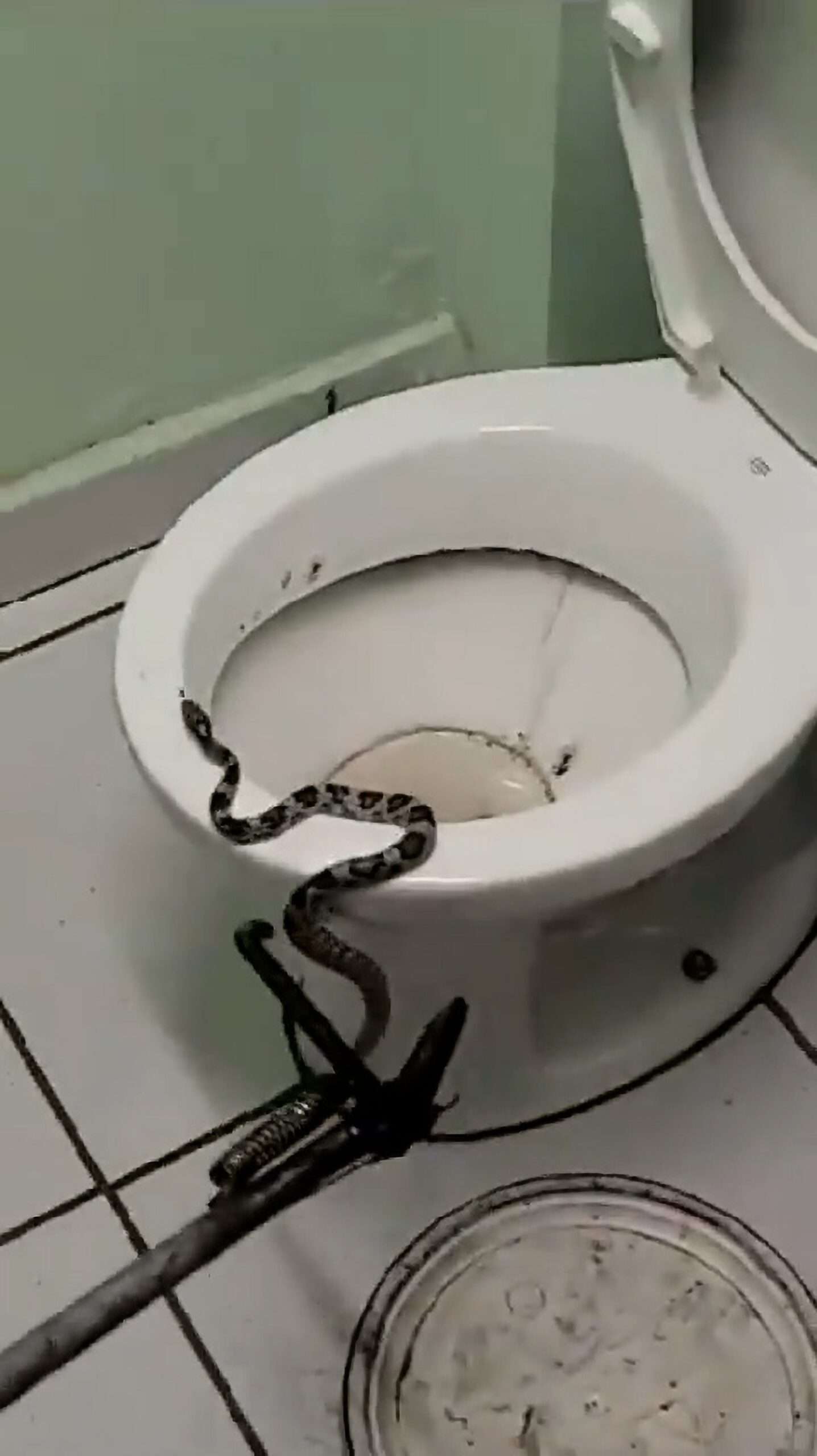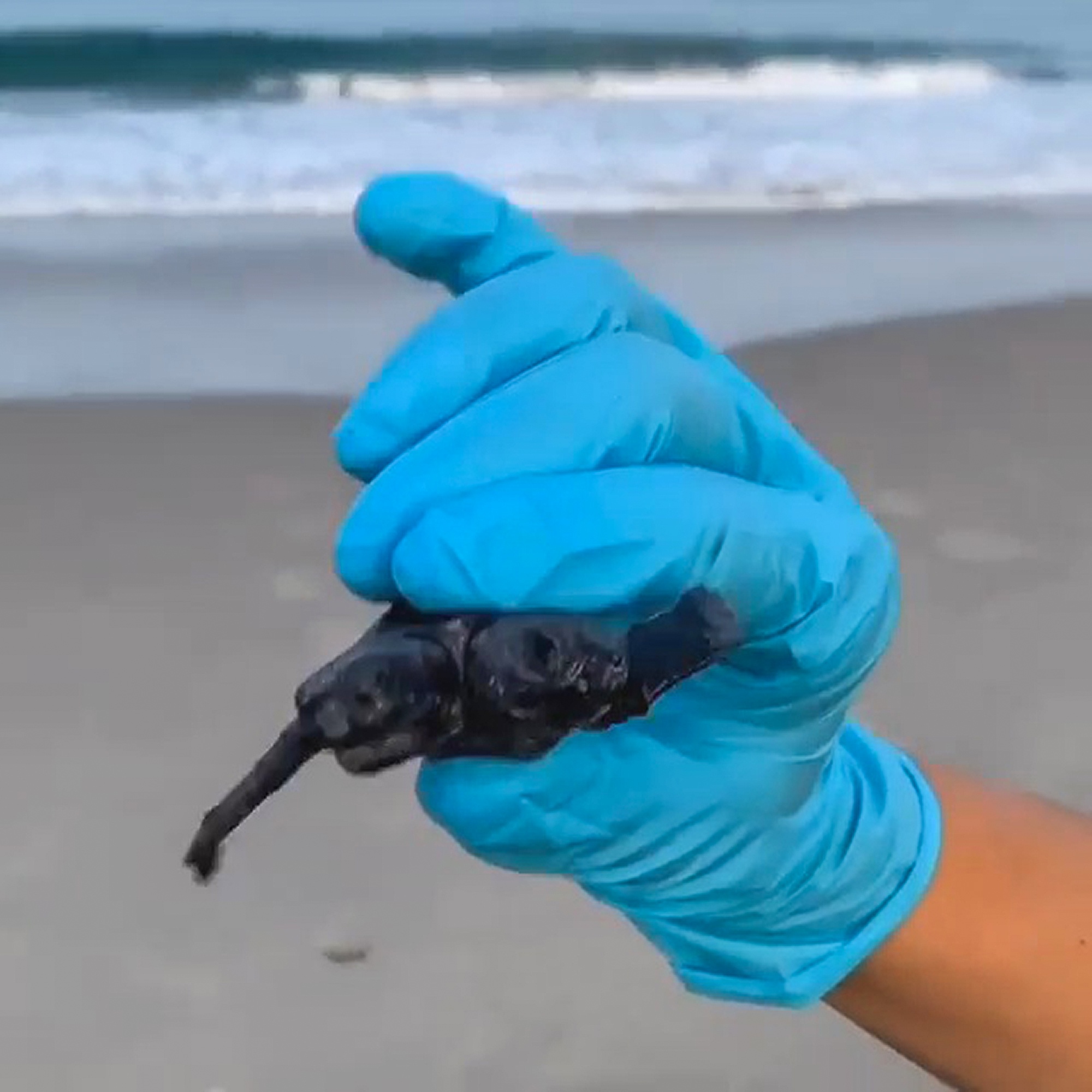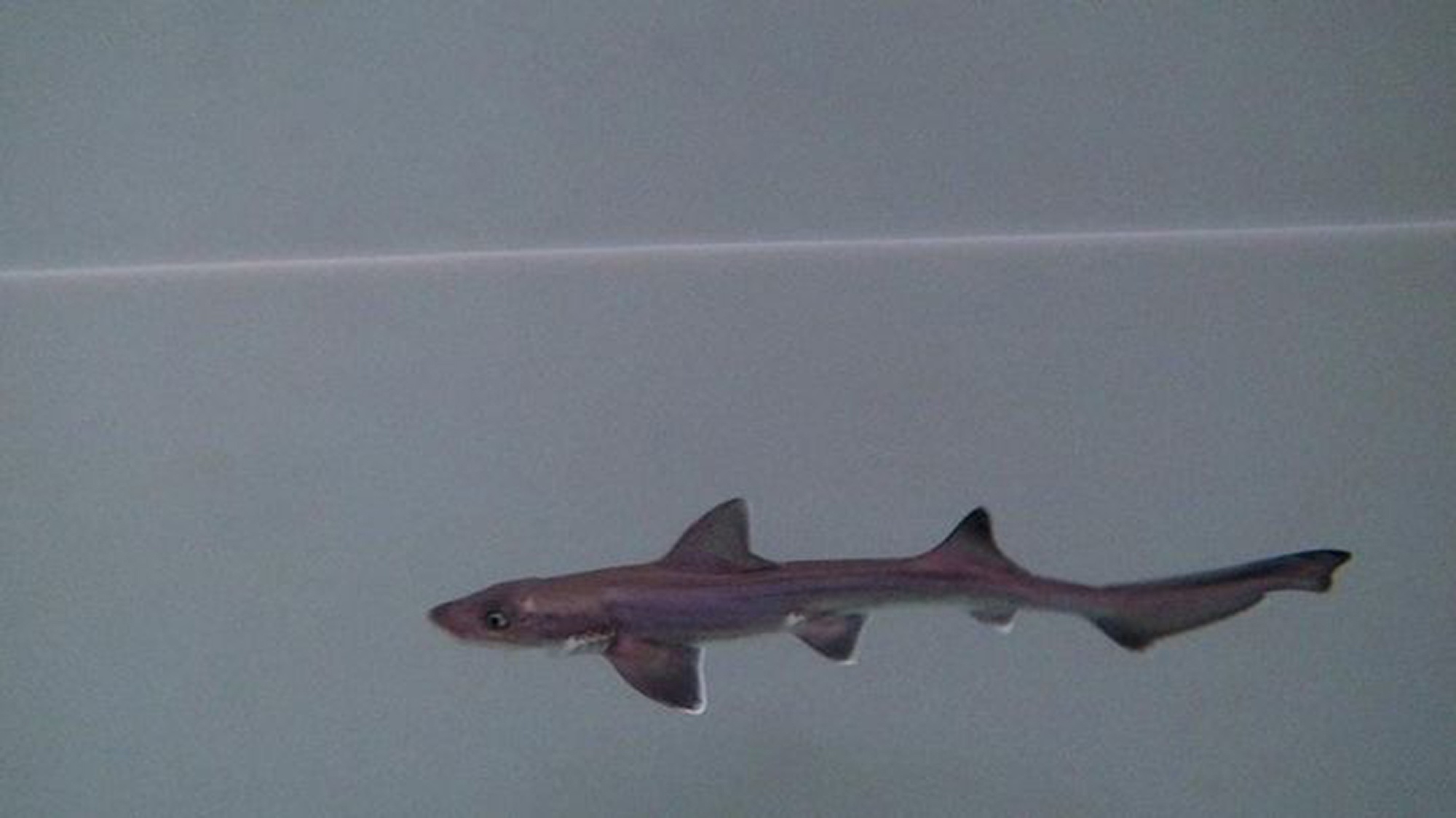Scientists have named a newly discovered species of snake after Indian Jones star Harrison Ford.

The snake – known scientifically as Tachymenoides harrisonfordi – is a Peruvian slender snake and was found in swamps in national park grasslands.
Ford – whose globe-trotting Indiana Jones character famously hates snakes – said the naming is “humbling”.
The star was chosen as a reward for his pioneering wildlife work as vice chair of Conservation International.
He told how he had often been named after some of the most creepy crawly animals on the planet, like spiders and giant ants.
Ford joked: “These scientists keep naming critters after me, but it’s always the ones that terrify children.”
He added: “I don’t understand. I spend my free time cross-stitching. I sing lullabies to my basil plants, so they won’t fear the night.
“The snake’s got eyes you can drown in, and he spends most of the day sunning himself by a pool of dirty water — we probably would’ve been friends in the early ’60s.”
He went on: “In all seriousness, this discovery is humbling.
“It’s a reminder that there’s still so much to learn about our wild world — and that humans are one small part of an impossibly vast biosphere.
“On this planet, all fates are intertwined, and right now, one million species are teetering on the edge of oblivion.

“We have an existential mandate to mend our broken relationship with nature and protect the places that sustain life.”
The snake was discovered in a swamp in the Puna grassland of the Otishi National Park in Peru on 22nd May, 2022, by German, American and Peruvian scientists.
It has pale yellowish-brown skin with scattered black blotches, a black belly and a vertical streak over its copper-coloured eyes.
The fully grown adult measures around 40 centimetres (16 inches), feeds on lizards and frogs and is said to be harmless to humans, say experts.
The German Society for Herpetology and Herpetoculture said in a statement obtained by Newsflash on 11th August: “The only specimen, a male, was found sunbathing in a swampy area.”
US biology expert Professor Edgar Lehr of Illinois Wesleyan University – who led the project research – urged people to support the discovery of new species.
He said: “Only organisms that are known can be protected.”










